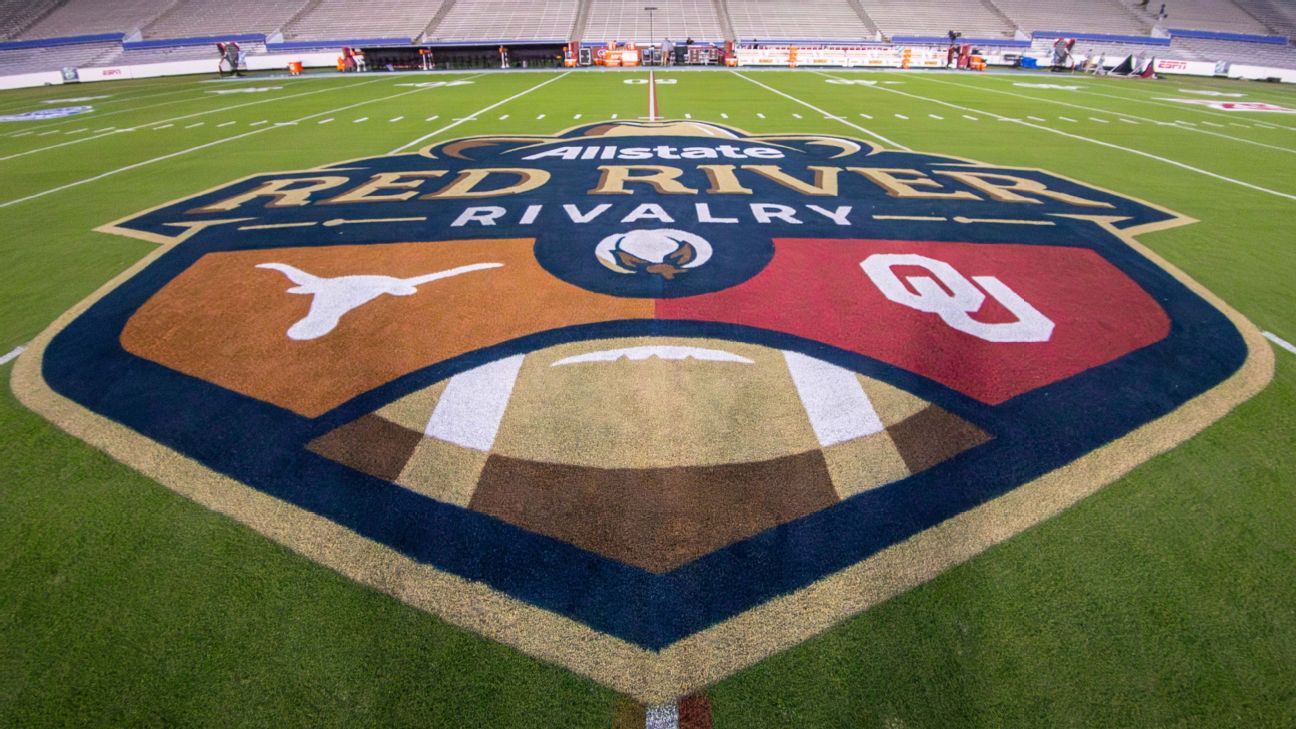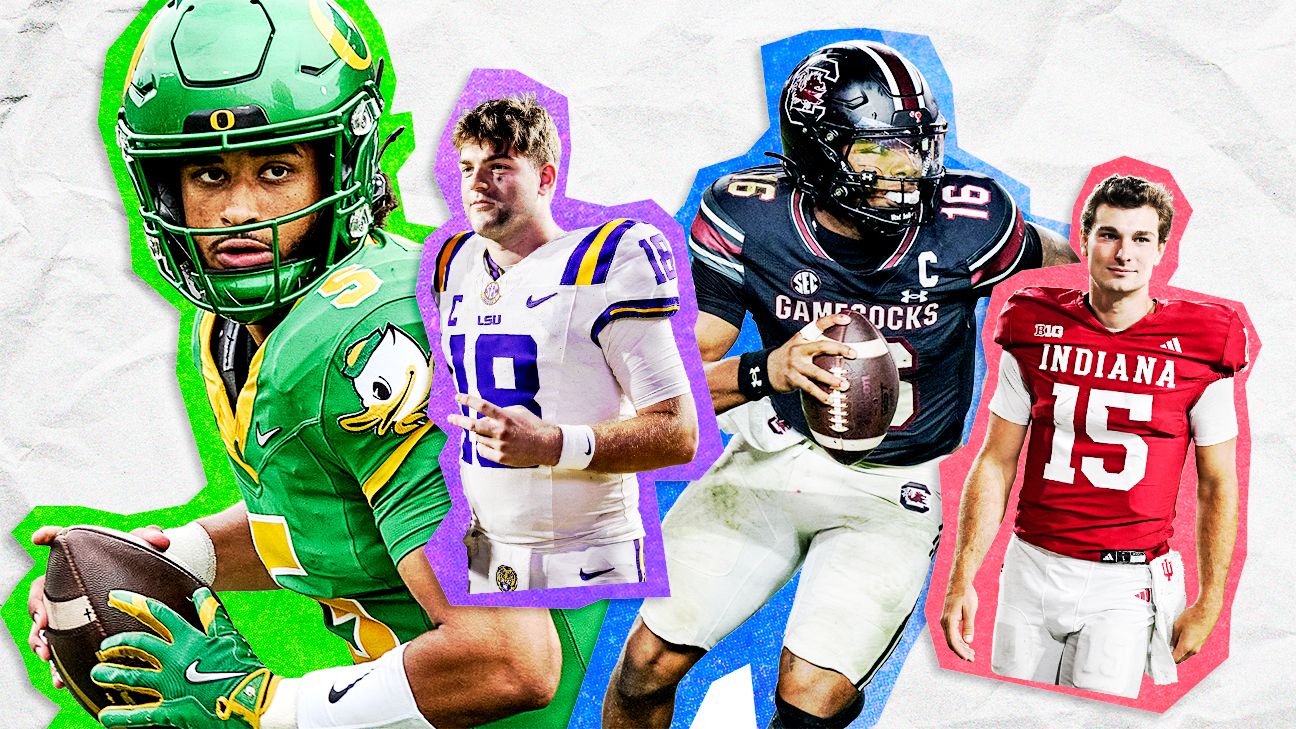
Dan WetzelOct 10, 2025, 08:00 AM ET
Dan Wetzel is a senior writer focused on investigative reporting, news analysis and feature storytelling.
The University of Illinois football team plays host to top-ranked Ohio State on Saturday, assuring a sellout crowd and a frenzied campus atmosphere. The weather in Champagne is expected to be perfect -- mostly sunny and in the 70s.
"Chamber of Commerce stuff," said Brad Underwood, the school's basketball coach.
In past years, Underwood would have set up a massive recruiting weekend, trying to convince every possible high school prospect to see U of I at its best. The early signing period, after all, is just five weeks away.
This year? No official visits, just a couple of local players who will drive over on their own.
"I'm just choosing not to do it," Underwood said. "I'm not wasting the time or the dollars."
Welcome to the fall, where college basketball recruiting season is in semi-hibernation.
The recruiting calendar has shifted for myriad reasons. The tendency of coaches to favor experienced players from the transfer portal has lowered the heat on landing high school stars. Meanwhile, top players are holding out for more certainty and what they hope are higher monetary offers in the spring.
But the trend is compounded this year by uncertainty over a proposed NCAA change that would provide all athletes five years of eligibility over a five-year span, dubbed the "5-in-5 Rule." The goal is to end redshirts, arbitrary waiver decisions and lawsuits over eligibility.
The problem is, it's unclear if the rule will pass, let alone when it will be implemented. The NCAA process is notoriously slow, and though a source with knowledge of the situation tells ESPN that it won't happen this academic year, there has been no official statement. In an age of rapid and dramatic change, coaches remain wary.
If the 5-in-5 rule does happen, then suddenly almost every current college senior would have an extra year of eligibility, causing a logjam for incoming freshmen.
Since coaches have no idea how many players can return, they also don't know how many new players they might need.
And if they need new players, will they add from a portal list of experienced 22-year-olds rather than turn to unproven high schoolers? That doesn't factor in how much revenue share money and NIL opportunities need to be allocated to keep your roster.
Essentially, the entire sport is flying somewhat blind on how to build a roster for the 2026-27 season. Illinois might need significant work. Or it might need almost no one (it has two high school players committed).
"No one knows what is coming or what to do," said Underwood, who has led Illinois to five consecutive NCAA tournament appearances.
That also extends in the other direction. Current players are more cautious because they can't project what they're walking into, from playing time to available money.
It's one reason, even with the Nov. 15 early signing period approaching, only 16 of ESPN's top 50 recruits (and just three of the top 15) are committed to a school.
"In the past, a high school recruit would say, 'This is how I would fit in on the roster,' but that is gone now. You don't know the roster for next year," said Paul Biancardi, ESPN's national director of recruiting. "With the portal kids coming or leaving, you don't know what the roster is going to be."
Everything has been pushed to the spring, where Underwood expects "total chaos."
His frustration isn't with the proposed rule -- he says he supports 5-in-5 as long as it ends the waivers and legal cases. And Underwood, despite being a coach of 38 years, isn't grumbling about the good old days. He likes most of this new era.
"I'm tired of all the complaining by coaches," Underwood said. "I think ... [college] basketball is the best it's ever been. There is so much top-end talent in the game. I think the game is ready to explode."
He would just like some clarity on how to plan for next year.
"We just need to know what it is going to be," he said.
If a fifth year eventually comes, many high school prospects could be pushed to the mid-major level. That, too, can be a strategy. If you are, say, a top-100 recruit, why sign with a major team to play a limited role, when you can go to a mid-major and prove yourself?
"That's an opportunity for kids," Underwood said. "Go build your brand as a double-digit scorer."
Basically, no one is sure what path to take.
"It's really fascinating how it's changed, how coaches go about it, the money, the transfer portal," Biancardi said. "Everything is different."
Not all bad, just different. Underwood says it used to be "hair on fire" this time of year. This September, though, he went out just one day to recruit. April and May will be crazy, but he has more time to connect with "the guys I'm going to try to win with this winter."
And on what otherwise would have been a busy fall recruiting weekend, he might get to settle in and watch the football game.


















































